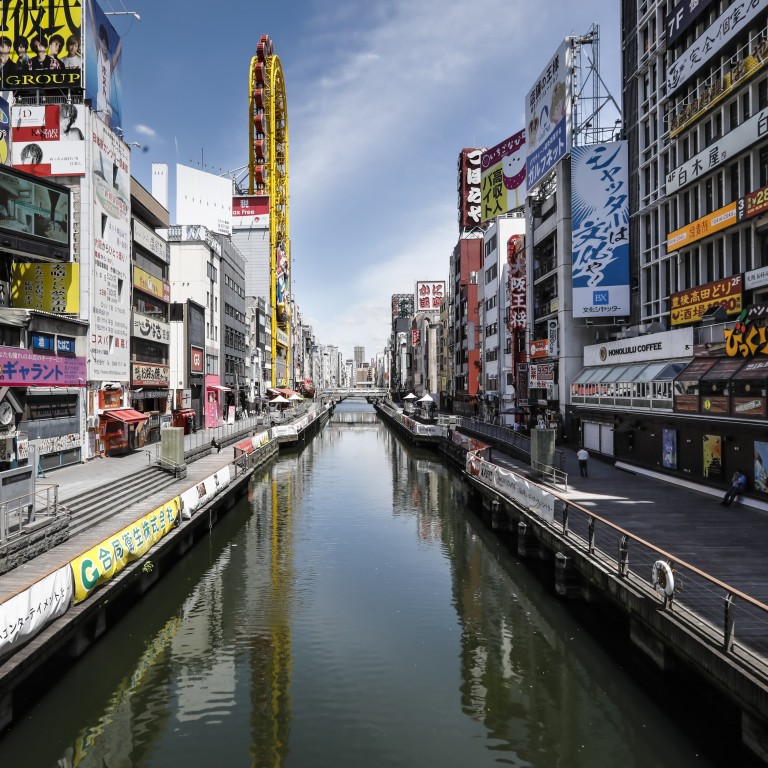
In pictures: coronavirus has left Asia’s tourism hotspots deserted
- From Japan’s cherry blossoms to the Sydney Opera House, from Bali’s beaches to the backstreets of Bangkok – the tourists have vanished
- Some countries, such as Thailand and Vietnam, are promoting domestic travel. Others are planning ‘travel bubbles’ once restrictions ease
Tourism remains a major plank in Asian economies. In 2018, tourism receipts accounted for 5.5 per cent of Singapore’s gross domestic product (GDP), 5.8 per cent of Malaysia’s, and more than 11 per cent of Vietnam’s and Thailand’s. In Cambodia, it was 17.8 per cent of GDP, and in regions such as Bali in Indonesia, up to 70 per cent of the people depend on tourism.
The World Travel & Tourism Council projects there will be a staggering 63.4 million tourism job losses in Asia due to the pandemic.
Which parts of Asia are easing coronavirus travel curbs?
Singapore, Australia, Canada, South Korea and New Zealand, for example, are working to open their borders to each other and will start with essential business trips before eventually adding leisure travel. South Korea and China opened one such bubble on May 1 for business travellers to go between Korea and 10 Chinese regions on a fast-track entry, provided they test negative for Covid-19 before departure and after arrival.
Otherwise, many of Asia’s major cities and tourism hotspots remain conspicuously empty of crowds. Here’s a selection of images showing the some of the region’s busiest and most places deserted:
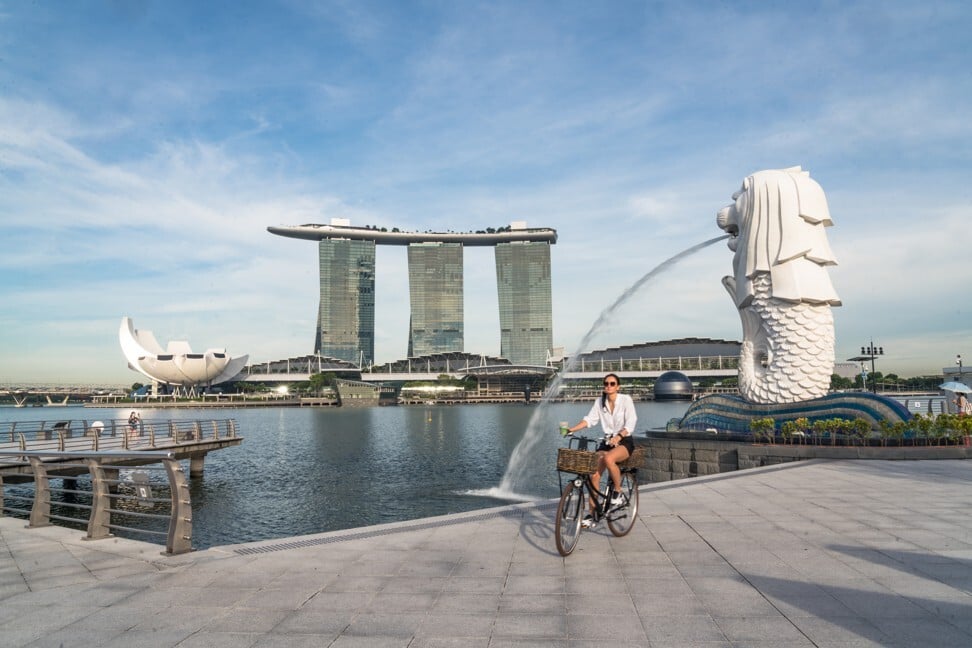
Singapore-style stimulus can’t be copied across Southeast Asia: economists
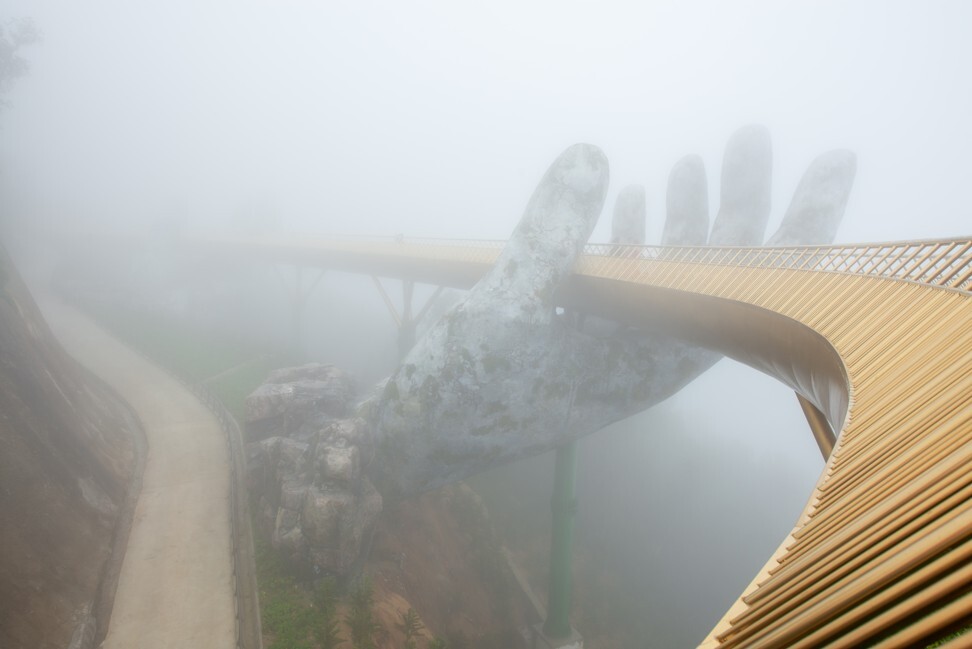
Tokyo reports jump in coronavirus cases, many linked to nightclubs
Chinese tourists, travel bubbles: how Asia can refloat travel industry

Japan’s cherry blossom season has come early but there’s no one around
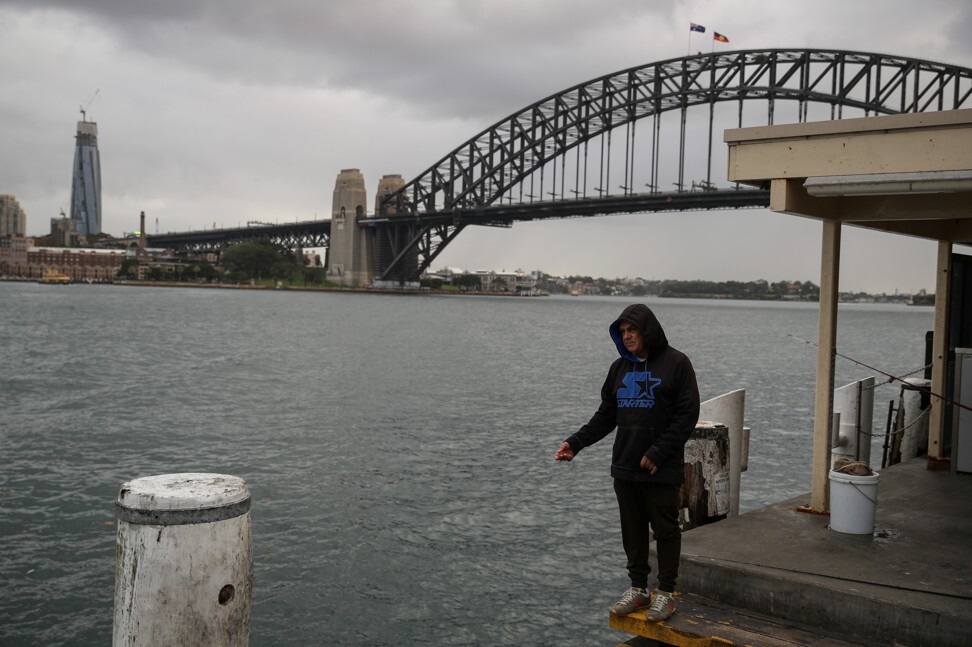
To lure Chinese tourists, Australia needs to get Kylie out of its head
Europe reopens many borders but not to Americans nor Asians
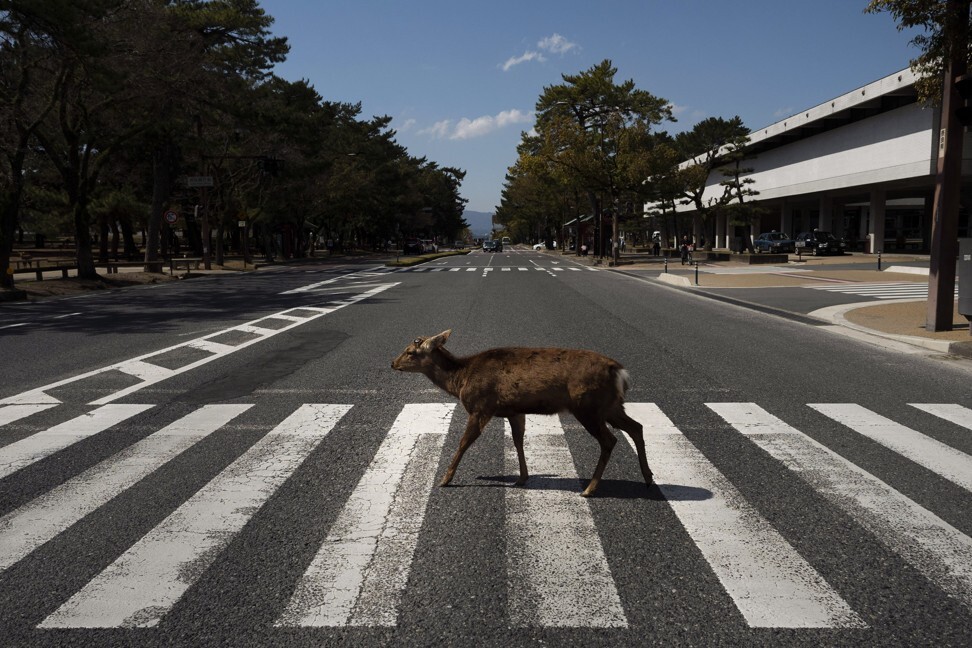
Coronavirus vaccine: anti-vax movement threatens Asian recovery
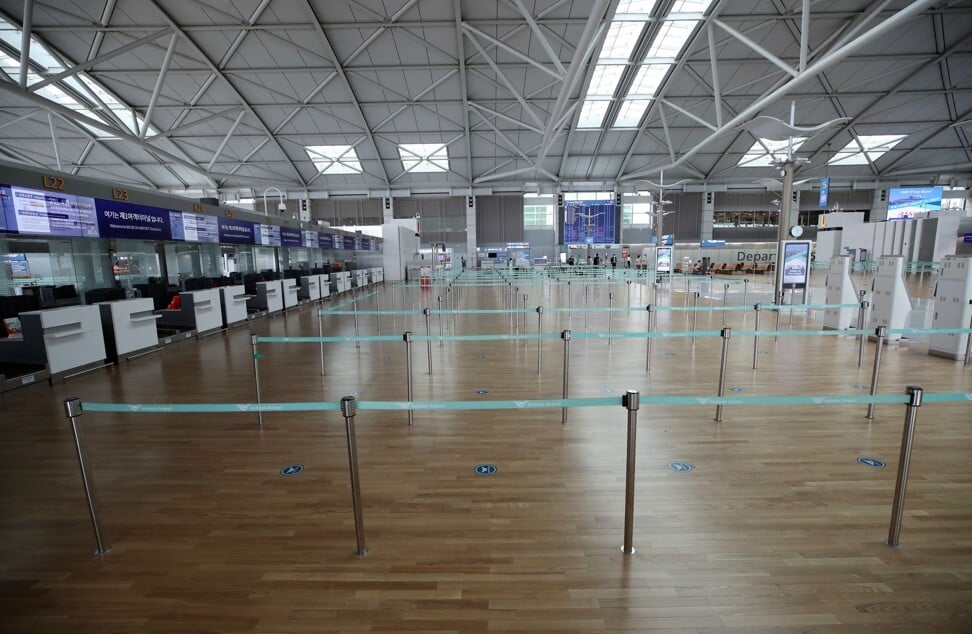
If South Korea is beating Covid-19, why are so many people staying home?
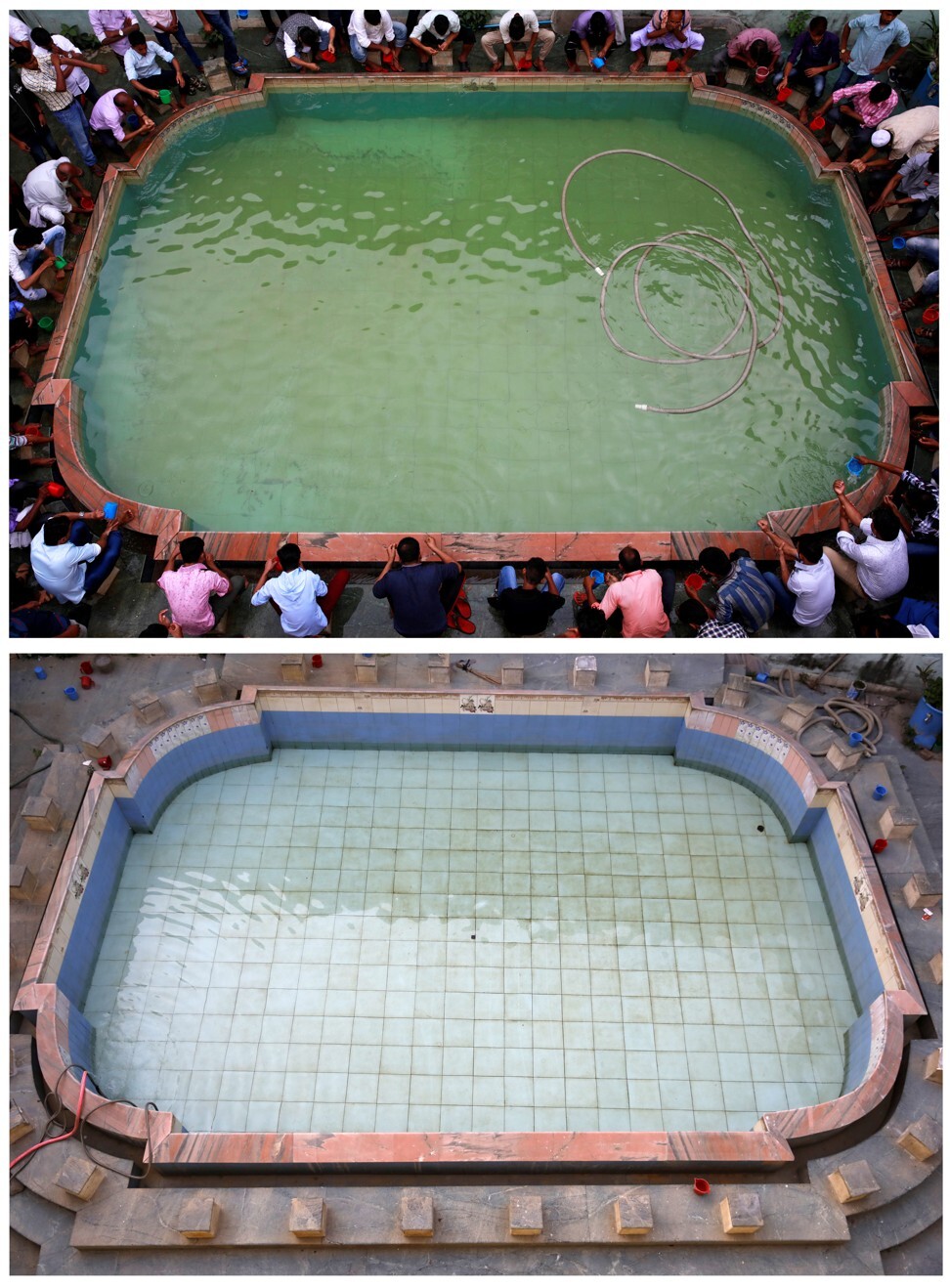
How will coronavirus crisis affect the Everest climbing season?

No destination in sight for Thailand’s tourism sector amid coronavirus uncertainties
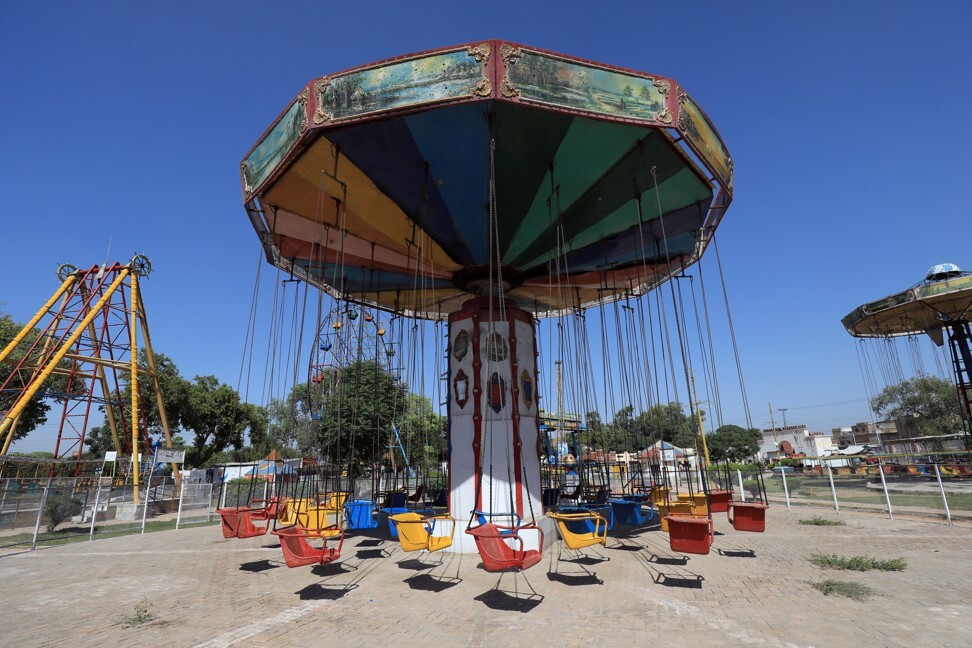
Pakistan PM Imran Khan says country may have to ‘live with coronavirus’
China tourism sector in ‘death spiral’ as Beijing reports new outbreak

Coronavirus: fear and foreboding in Mumbai, India’s worst-hit city

Indonesia’s Bali becomes coronavirus hideout for foreigners amid pandemic
In Thailand, sex work moves online as pandemic batters business
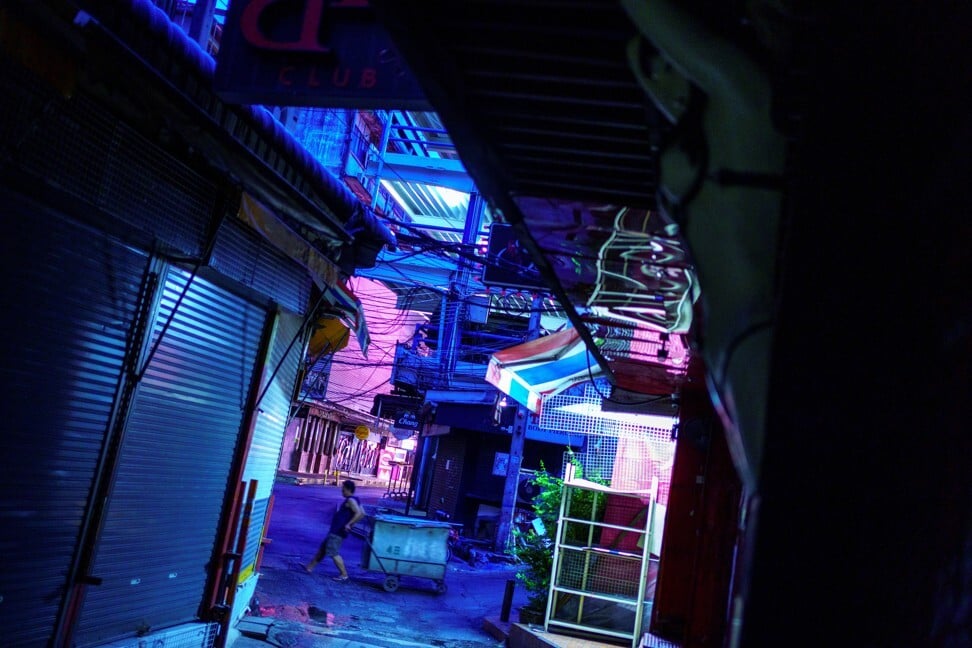
Life after coronavirus: future of Thai tourism industry is in Chinese hands

Anti-Chinese feeling in Southeast Asia revived by pandemic
